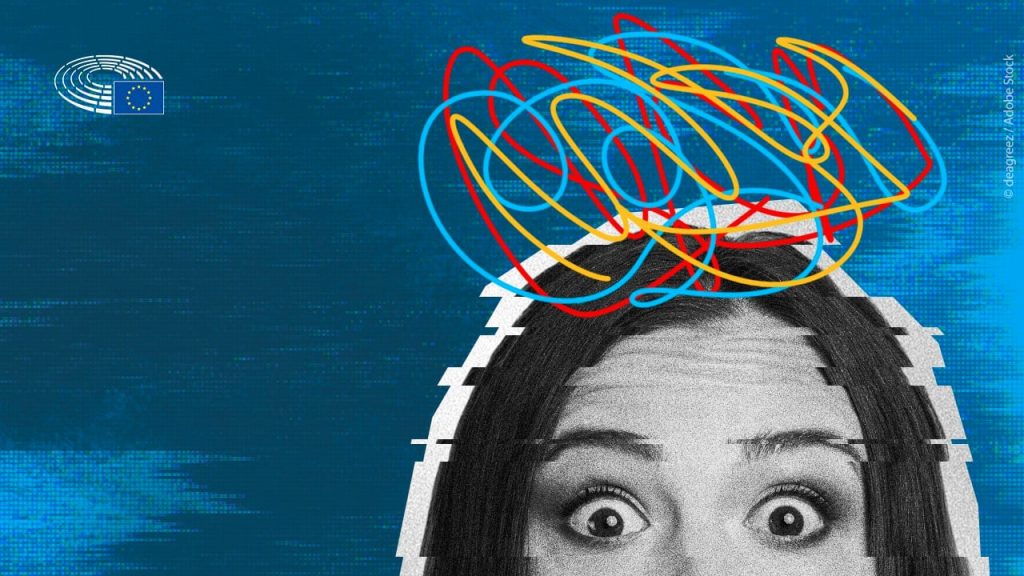The Insidious Rise of Contextual Disinformation: How Truth Becomes a Weapon of Deception
In the ever-evolving landscape of online information, a new and insidious form of manipulation has taken root: contextual disinformation. Unlike outright fabrications, this tactic weaponizes truth, twisting facts, images, and statements out of context to mislead and manipulate. It’s a subtle but powerful form of deception, preying on our inherent trust in verifiable information and exploiting the nuances of language and imagery to craft narratives that serve a specific agenda. Contextual disinformation doesn’t create falsehoods; it perverts reality, presenting authentic elements in a distorted framework to achieve a desired outcome.
One of the most common techniques employed in contextual disinformation is the misrepresentation of time. Old photographs or videos, often authentic depictions of past events, are resurfaced and presented as current, creating a false impression of ongoing events. This tactic can be used to inflame tensions, incite violence, or manipulate public opinion on contemporary issues. For instance, an image from a past protest might be re-shared during an unrelated current event, falsely suggesting a larger scale of unrest or linking the two events to create a misleading narrative. Similarly, outdated statistics or reports can be presented as current data, distorting the understanding of a particular situation and driving audiences towards pre-determined conclusions. This manipulation of time effectively creates a false reality, where the past is deceptively presented as the present.
Another prevalent tactic involves manipulating quotations and statements. A person’s words can be selectively edited, omitting crucial context or subtly altering phrases to misrepresent their intended meaning. This tactic can be used to damage someone’s reputation, discredit their expertise, or even fabricate controversies where none exist. For example, a complex statement nuanced with caveats might be truncated to a provocative soundbite, stripping away the original meaning and twisting the speaker’s message. Similarly, quotes can be attributed to individuals who never uttered them, leveraging their authority or notoriety to lend credibility to a false narrative. This manipulation of language erodes trust in public discourse and creates an environment of suspicion and cynicism.
Furthermore, contextual disinformation often utilizes the technique of misattribution, falsely associating an individual’s opinion or action with an entire group. This tactic exploits stereotypes and prejudices to paint a distorted picture of communities or organizations. A single individual’s extreme viewpoint might be presented as representative of an entire group, fueling discrimination and reinforcing negative stereotypes. For instance, a hateful comment made by one member of a religious group might be presented as indicative of the entire group’s beliefs, fostering prejudice and animosity. This manipulation of association creates division and undermines social cohesion, exploiting our tendency to categorize and generalize.
To navigate this treacherous information landscape and avoid falling prey to contextual disinformation, critical thinking and media literacy are essential. Always consider the source of information and their potential biases. Look for inconsistencies within the narrative, comparing it with other credible sources and official reports. Verify the dates of images and videos to ensure they accurately represent the current context. Pay attention to the full context of statements, avoiding drawing conclusions from isolated soundbites or manipulated quotations. Finally, remember that a single individual’s actions or opinions do not necessarily reflect the beliefs or values of an entire group.
The fight against contextual disinformation is a collective responsibility. Educating ourselves and others about these manipulative tactics is crucial. Fact-checking organizations play a vital role in debunking false narratives and providing accurate information. News consumers also bear a responsibility to engage with information critically, questioning the source and context of content before accepting it as truth. Social media platforms must also take proactive measures to combat the spread of contextual disinformation by implementing robust fact-checking mechanisms and promoting media literacy among their users. Only through collaborative efforts can we effectively dismantle the insidious machinery of contextual disinformation and protect the integrity of information in the digital age.


